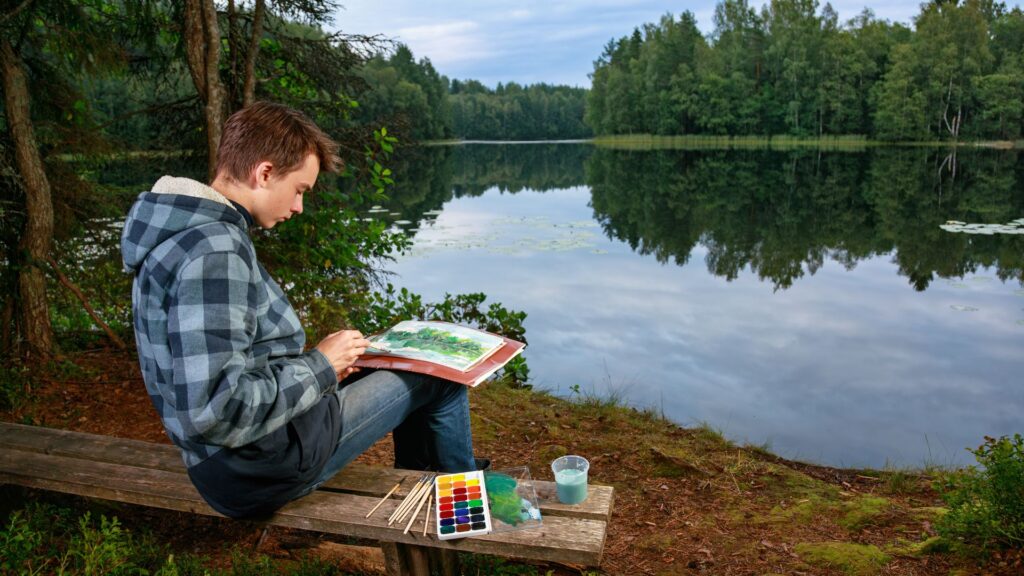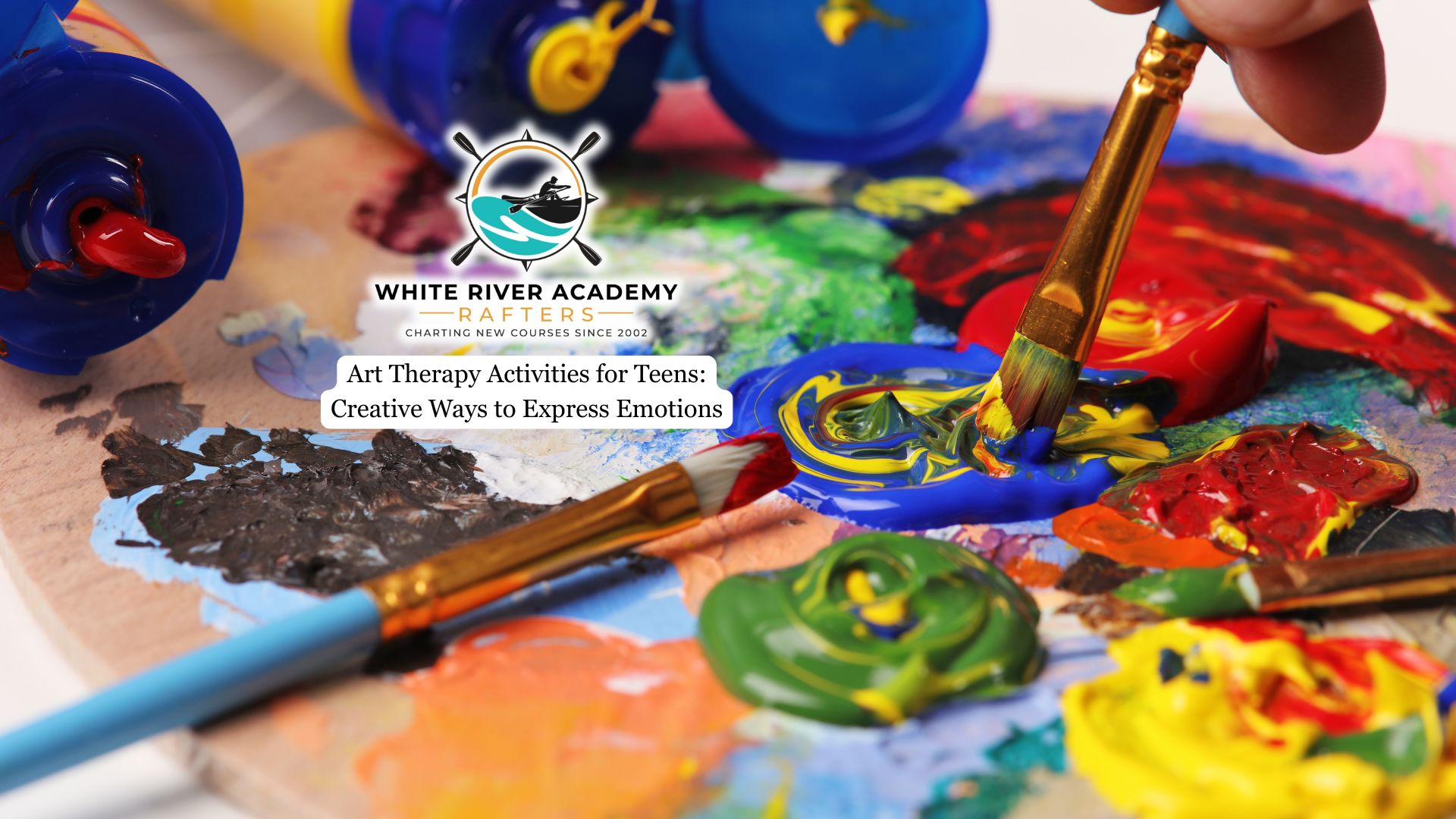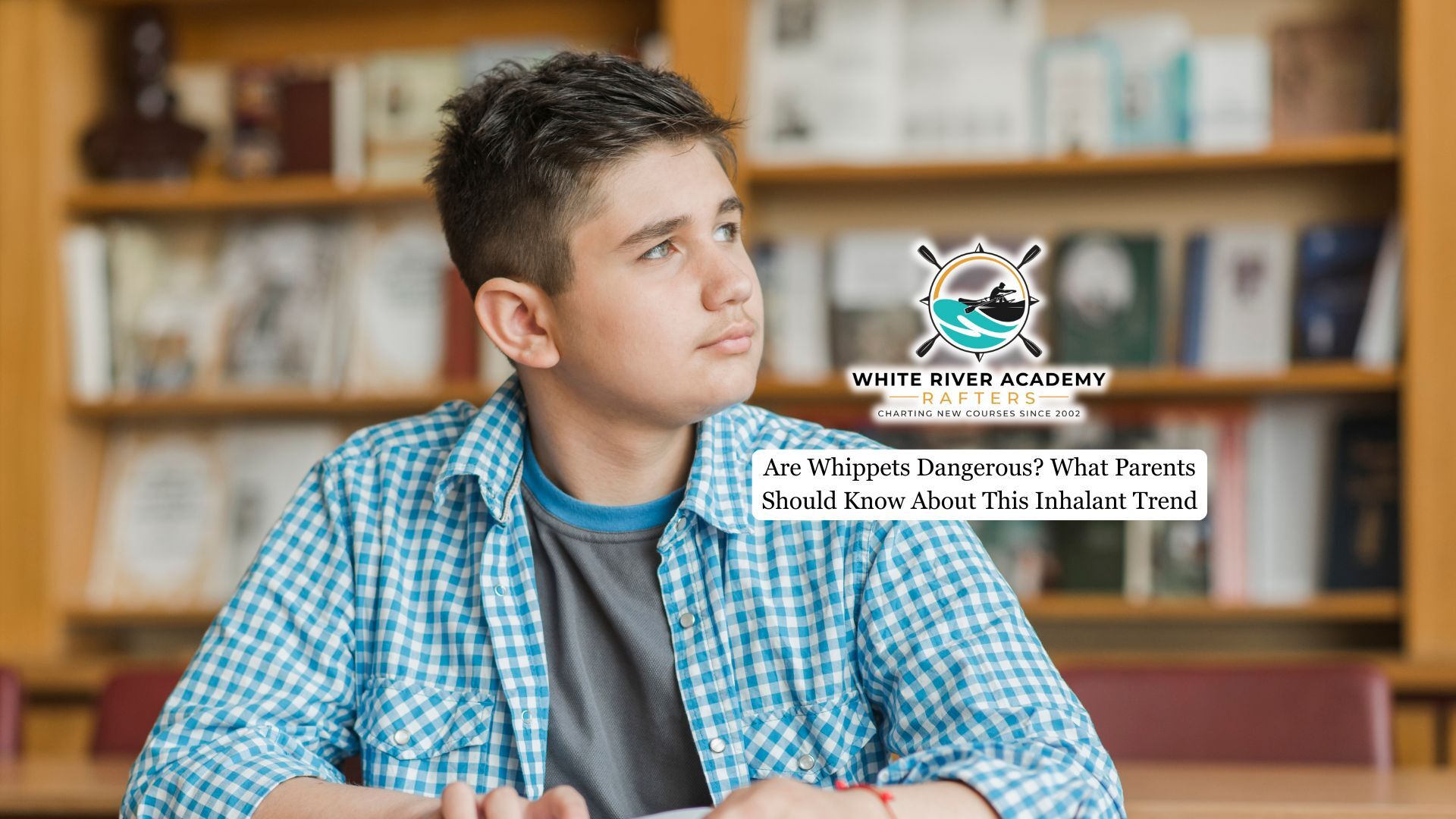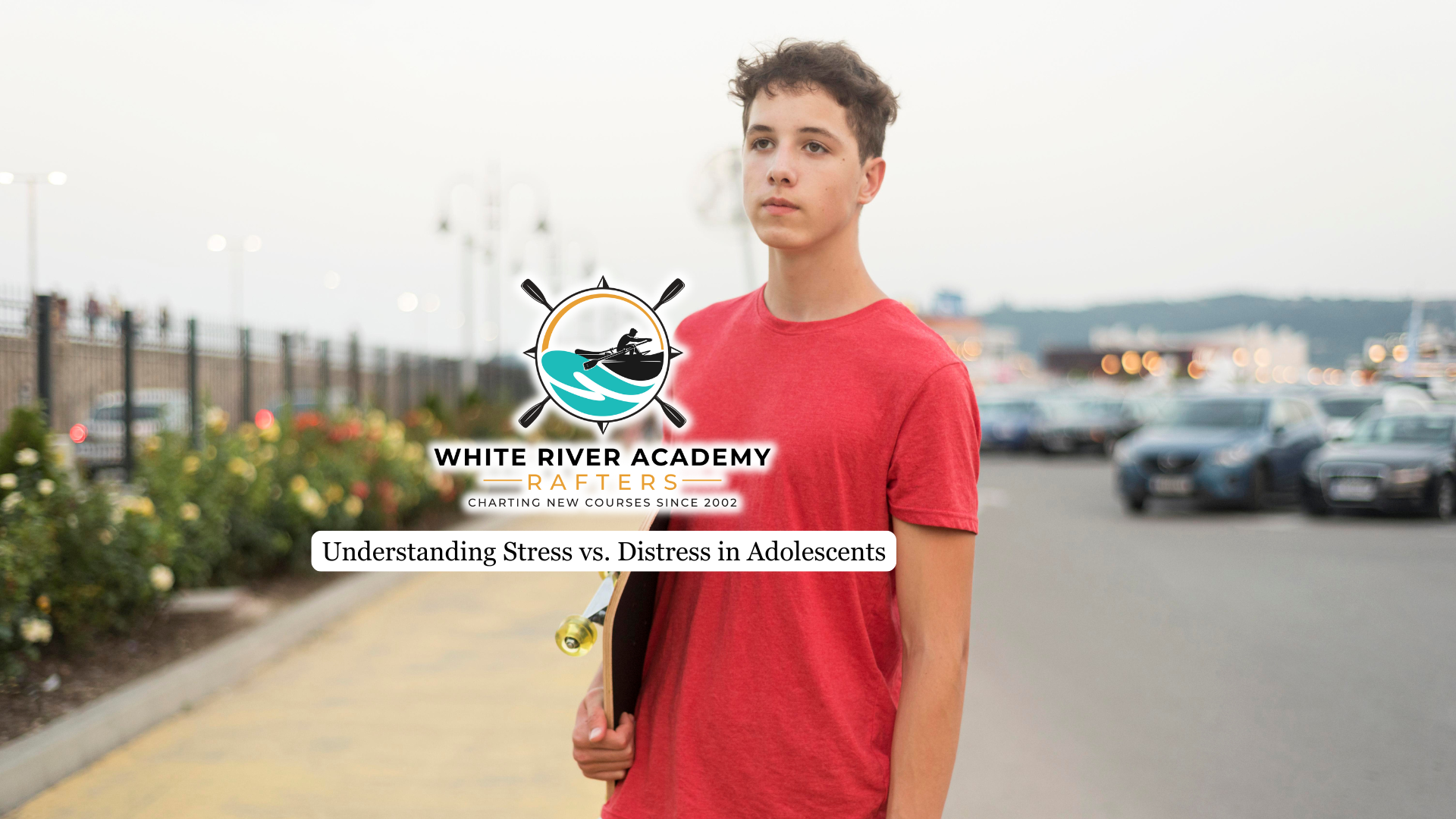The teenage years are filled with rapid changes, social pressures, academic stress, identity exploration, and emotional ups and downs. For many teens, talking about feelings isn’t easy, which can lead to bottled-up emotions and unhealthy coping strategies like substance use. Art therapy activities offer a safe, creative outlet that allows adolescents to process emotions without relying solely on words.
This article lists 10 different ways your adolescent boy can strengthen their ability to manage overwhelming emotions.
Card-Making
In this activity, teens use cardstock, markers, and decorative materials to design cards for important people in their lives. The process emphasizes thoughtfulness and communication rather than artistic ability. Creating cards can strengthen feelings of connection, promote gratitude, and encourage reflection on meaningful relationships.
Many therapeutic programs, offering art therapy for troubled teens, use exercises like card-making to help adolescents express emotions in constructive ways while also fostering stronger bonds with family and peers.
Feelings Sequence (6-Step Images)
In a structured sequence, teens create six quick drawings: a scribble to warm up, and then representations of happiness, anger, fear, sadness, and current feelings. The process allows emotions to surface rapidly in a contained format, enhancing awareness while preventing overwhelm.
Decorative Genograms
A genogram is a visual family tree that includes symbols to represent relationships, patterns, and dynamics. By drawing genograms on large paper with markers, teens can better understand family connections, recognize support systems, and identify sources of conflict or stress. This visual mapping fosters awareness of how relationships influence emotions.
Pencil Sketch of a Safe Place
Teens sketch a place, real or imagined, where they feel calm and secure. The act of visualizing and drawing this environment reinforces coping skills, provides a grounding tool for anxiety, and serves as a mental anchor they can recall during stressful moments.
Canvas Painting of Emotions
Teens use color, shapes, and brushstrokes to represent their emotions on canvas. Bright colors may symbolize joy, while darker shades may represent stress or sadness. Processing the artwork afterward helps link emotions to visual expression, making abstract feelings more concrete and easier to discuss.
Scrapbooking Collage
With photos, stickers, and paper, teens create collages that reflect specific themes such as “things I enjoy” or “challenges I face.” This structured yet flexible format helps organize experiences visually, encourages self-expression, and supports reflection on both strengths and difficulties.
Self-Portrait + Body Tracing + Affirmation Art
A self-portrait allows teens to represent themselves using any medium—pencil, paint, or mixed media. The process encourages self-reflection, identity exploration, and awareness of how they view themselves. Comparing multiple self-portraits over time can also highlight changes in mood or self-perception.
Teens trace their body outlines on large paper and fill them with words, colors, or symbols that reflect strengths and positive qualities. This activity promotes body awareness, identity exploration, and self-esteem reinforcement.

Freeform Doodling
Unstructured doodling involves spontaneous drawing without a set goal. This low-pressure activity encourages relaxation, reduces self-consciousness, and can reveal subconscious thoughts or patterns. It also works well as a warm-up before more structured projects.
Collaborative Drawing Games
In pairs or groups, teens contribute to each other’s drawings. This interactive method promotes social connection, teamwork, and creative spontaneity. It also reduces performance pressure since the responsibility for the artwork is shared.
Gratitude and Affirmation Art
Creating illustrated gratitude journals, affirmation cards, or posters filled with positive words and images can shift focus from stress to appreciation. These art pieces become daily reminders of strength, resilience, and hope.
Why Art Therapy Matters for Teens
- Emotional Regulation & Mood Support – Artmaking—like drawing or coloring mandalas—can ease stress, improve mood, and provide mindfulness, even after short sessions, regardless of artistic ability.
- Non-verbal Expression & Insight – Many teens struggle to articulate internal experiences. Art therapy offers alternate modes of expression, enabling exploration of emotions through visual media.
- Empowerment & Self-awareness – Engaging in creative expression and recreational activity helps teens develop coping skills, assert identities, and build self-confidence
How to Make Art Therapy Activities Effective
The effectiveness of art therapy activities depends less on the quality of the finished artwork and more on the creative process itself. Facilitators, including parents, teachers, or counselors, should emphasize process-oriented participation rather than artistic skill.
Establishing a structured, supportive, and nonjudgmental environment allows teens to engage without pressure. Following the activity, guided reflection, such as discussing the steps taken, materials chosen, or overall experience, can enhance awareness and reinforce therapeutic outcomes.
Final Thoughts from White River Academy
Art therapy activities provide teens with powerful, creative ways to express emotions they may not have words for. From self-portraits to clay sculpting, these practices help reduce stress, improve self-awareness, and promote healing. Whether at home, in school, or in therapeutic settings, encouraging teens to explore art as an outlet for emotional expression can make a lasting difference in their mental health and overall well-being.
For families seeking structured therapeutic support for their sons, White River Academy offers art therapy in Utah for adolescent boys. Our program provides a safe yet imaginative space to explore emotions—especially when verbal communication feels overwhelming or out of reach. Through guided art therapy sessions, boys learn healthier ways to process their feelings, build confidence, and strengthen emotional resilience as part of their overall healing journey.




